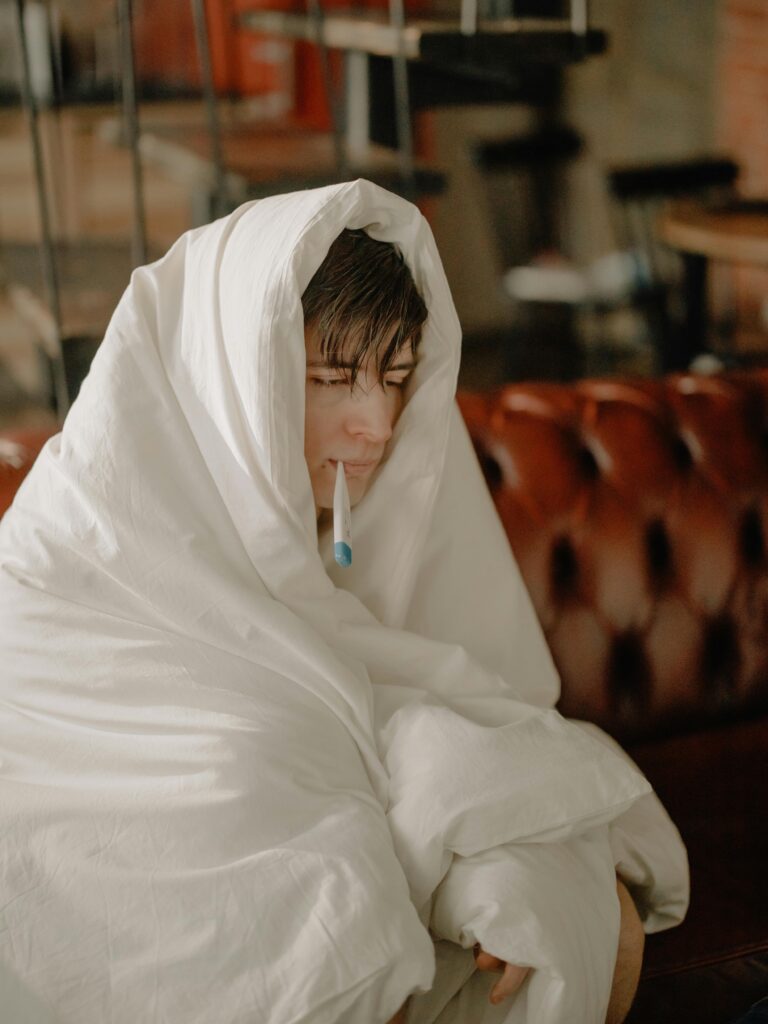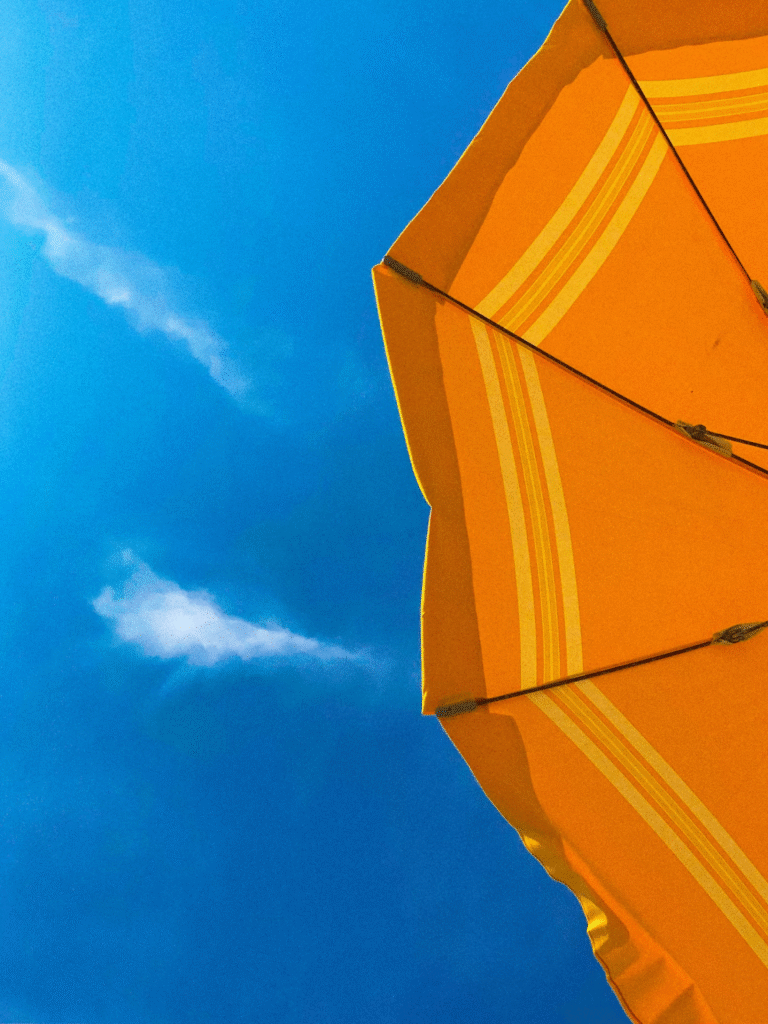
Finally, summer has arrived in all its sweaty splendor, complete with mangoes and poolside vibes.
Summer can bring hot temperatures, sunshine, and a ton of outdoor activity ideas. We all like to get a golden tan and get some vitamin D, but the heat can be dangerous if you’re not careful.
Among the greatest dangers of summer? Summer Sunstroke
We understand that you want to take advantage of every gram of sunlight, but let’s resist the urge to give in to the heat. Sunstroke is a serious condition that can have severe health consequences.
Let’s discuss how to have fun this summer without literally burning out!
What is Sunstroke?
Sunstroke, another name for sunstroke, is a potentially fatal illness that occurs when a person’s body temperature rises above their rises to or above 40°C (104°F), well above normal range of ~37°C (98.6°F)”
It is caused by the body’s heat-regulating system failing as a result of exposure to high temperatures.
Key Symptoms of Summer Stroke

Early symptoms of heat exhaustion may precede or follow the onset of sunstroke symptoms. The impact of early detection can be significant.
Keep an eye out for these typical symptoms:
- Extremely high body temperature (greater than 40°C/104°F)
- change in behavior or mental state.
- Hot, dry, and red skin
- A headache, rapid breathing, and a fast heartbeat
- Vomiting and feeling uncomfortable
- Lightheadedness or fainting
- Weakness or cramping in the muscles
- Loss of consciousness
What is the cause of sunstroke?
Heat waves are a natural part of weather patterns in many regions, but they are becoming more frequent and severe due to climate change.
However, due to climate change, which has been caused by greenhouse gas emissions that trap heat for longer periods of time, they are becoming more intense and frequent.
It’s significant to take proactive steps to shield yourself from the heat in order to stay safe during such severe weather conditions.
The effects of summer heat waves on our everyday lives can be reduced by some methods to prevent summer health tips, illnesses, and summertime cooling techniques.
Tips to Prevent Summer Sunstroke
Here are some effective tips to help you stay safe summer heat:

- Hydration Tips for Hot Days
Note down the tips:
- To keep yourself hydrated, consume a lot of liquid throughout the day.
- Avoid alcohol and caffeine as they can cause dehydration.
- Bring a water bottle with you wherever you go.
- Try to stay hydrated by drinking as much water as possible. Especially in hot weather or while doing some heavy work.
- Keep an eye on symptoms of dehydration, like dark yellow urine, dizziness, dry mouth, and fatigue.
- What Should You Wear to Beat the Heat?
Wearing light-colored, loose-fitting clothing is very important when it’s hot outside because it keeps your body cool and even protects you from sunburn.
Overly tight or heavy clothing can trap heat and hinder your body’s ability to cool down. Cotton, linen, and other breathable materials are ideal for summertime health tips.
Wearing dark hues? It’s not a good idea in the sun. Light hues reflect heat, keeping you cooler, while dark hues absorb it. To stay dry and fresh, think about changing your clothes if you’re perspiring a lot.
So, do your summer clothes actually keep you cool, or do they actually make it hotter? 🌞
- Protect Your Skin from Sunburn
Protecting your skin is essential in hot weather because sunburn is not only painful, but it also makes it more difficult for your body to stay cool, especially during the heat.
- Put on a hat with a wide brim and sunglasses.
- Make use of a sunscreen with at least 30 SPF.
- 15 to 20 minutes before leaving, apply it.
- Apply again every two hours, or more frequently if you’re swimming or perspiring.
- When you’re outside, keep reapplying sunscreen because it doesn’t last all day.
Before you go out in the sun, are you properly protecting your skin?
- Simple Strategies for Remaining Cool in the Heat
Your body needs support to stay cool when the temperature rises too high. Here are some simple strategies to lower your body temperature because overheating can result in sunstroke:
- Try to stay in air-conditioned rooms as much as you can.
- If you want to cool small areas or save energy, Fans can help circulate air. But alone, they may not prevent sunstroke during very high temperatures (>39–40°C)” – as per CDC and WHO.
- If you don’t have air conditioning, go to public spaces like libraries or shopping centers.
- To refresh yourself, take cool showers or foot baths.
- Use a wet sponge or spray bottle to keep your skin cool.
- During the day, use blinds or curtains to block the sun.
- If you’re outside, especially at noon, stand under the shade
Fans can help you feel cooler, but they don’t actually lower your body temperature when it’s extremely hot (above 39 to 40°C).
- Avoid the Sun When It’s Strongest
One of the best ways to avoid sunstroke is to stay out of the sun during the hottest times of the day. The day is usually hottest between 10 a.m. and 4 p.m., when the sun is directly overhead and UV rays are at their strongest.
Is it really necessary for you to be outside at this time?
Otherwise, you should schedule your outdoor activities or errands for early morning or late evening, when the weather is safer and cooler.
Sunstroke: Who Is Most at Risk?

High-risk groups include:
- Young babies and kids
- Older adults (those over 60)
- People who suffer from long-term illnesses
- Outdoor workers
- Fitness enthusiasts or athletes
- Diuretics, stimulants, and illicit substances like cocaine are examples of drugs.
Conclusion
Summer is the season that everyone loves. Those chilly nights, laughter, and cold, sparkly drinks. But in that fun, don’t forget about yourself. Your health always comes first, so don’t forget to wear sun cream and keep yourself safe from summer sunstroke.

